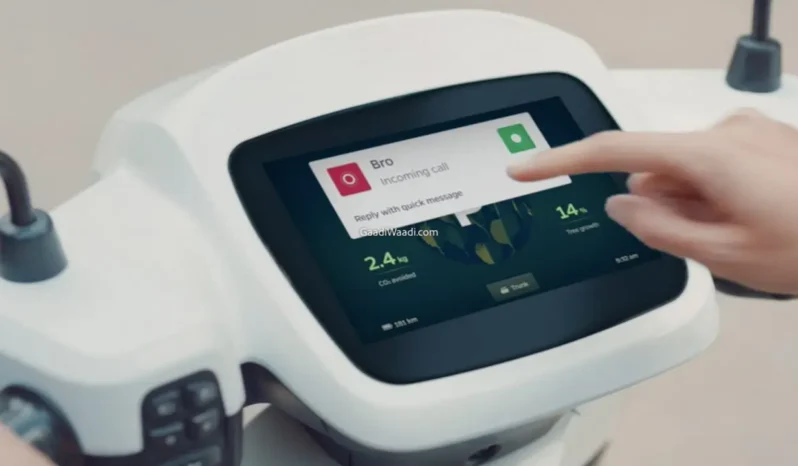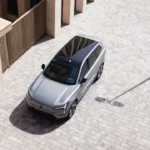Electric scooters are revolutionizing the face of urban mobility. E-scooters are economical, practical, and an environmentally responsible alternative to conventional modes of transportation. Adding E-Scooters Calling Feature designs has ignited fierce debates over safety and legality. Hands-free communication might look appealing, but it raises key concerns about rider distraction and adherence to traffic regulations.
Legal Perspectives: Mobile Phone Usage and Traffic Laws
In many countries including India, mobile usage during driving is completely banned in light of the distraction it creates. The Ministry of Road Transport and Highways also strictly monitors these cases. Even though safer in theory, hands-free devices could reduce reaction time as well as situational awareness. Data by the National Highway Traffic Safety Administration has revealed that even hands-free phones are highly capable of significantly impairing the reactions of a driver to unexpected circumstances on the road.
Safety Concerns: E-Scooters Calling Feature
Since e-scooters are intrinsically more unstable than cars, these riders have a higher potential for injury by accidents. Distracted is compounded. The World Health Organization notes that road traffic injuries rank as a leading cause of death in the young people all over the world. Putting phone conversations into the equation may even worsen those statistics to alarming proportions.
Transportation safety experts have called for caution when introducing features of communication in e-scooters. Dr. David Strayer, cognitive psychologist at the University of Utah, says, “When your brain is engaged in conversation, it’s not fully focused on navigating safely.”
E-Scooters Calling Feature: Practical Recommendations for Safer Use
Legislation
- Governments should set regulatory standards for the use of e-scooters with phones. This can be such as banning the calling application completely or allowing it solely under certain, controlled conditions.
Design Innovations
- Manufacturing companies should consider alternative, safer means of communication. Since voice commands that require minimal or no cognitive effort or visuals that do not require activation can be achieved, companies can balance functionality and safety.
Public Awareness Programs
- Educational efforts can be highly instrumental in the promotion of safe riding. Awareness programs should be implemented to sensitize users to the hazards of distracted riding and foster a culture of responsibility among the users of e-scooters.
Geofencing Technology
- Geofencing can disable the calling feature in high-traffic or accident-prone areas so that riders do not get distracted in critical zones. This is a technologically driven solution that represents a pragmatic middle ground between connectivity and safety.
ELCTRIK Speaks
The integration of calling features into e-scooters mirrors the broader trend of merging technology with mobility. Safety, however, is a top priority. There are potential distractions from such features that pose risks not only to riders but also to pedestrians and other road users. The use of e-scooters can be promoted while still allowing for safe use through responsible culture, thought-provoking rules, and innovative design. Convenience will be balanced with accountability and a safer, smarter transportation future in the cities.






